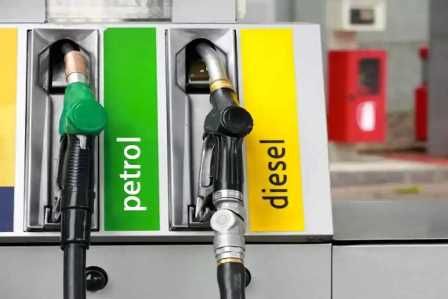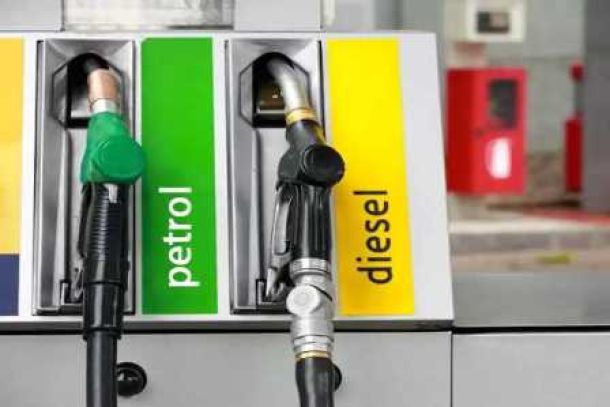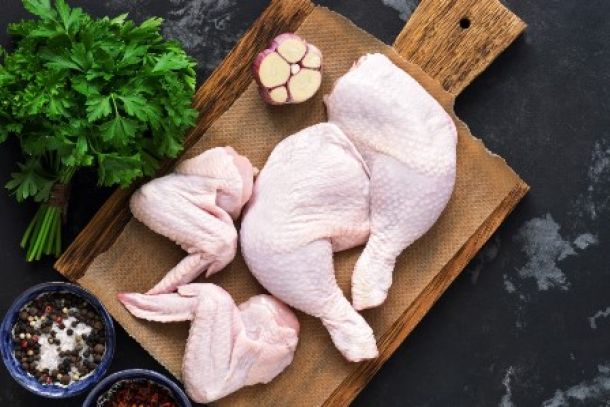
South African motorists could be paying up to R483 less to fill their tanks
By: Myles Illidge – MyBroadband
South Africa’s Road Accident Fund (RAF) tax and General Fuel Levy (GFL) add between R272 and R483 to the price of a tank of fuel, depending on the size of your car’s tank.
These two fuel taxes add a combined R6.04 to the cost of a litre of fuel, making up around 26% of July 2024’s inland unleaded 95 price.
South Africa’s RAF tax hasn’t been hiked in recent years; it currently sits at R2.18 per litre, while the GFL is R3.86 per litre.
During his 2024 budget speech in February, Enoch Godongwana said government would hold off on increasing these taxes in 2024/25.
“As in the 2022 and 2023 Budgets, government again proposes no changes to the general fuel levy or the Road Accident Fund levy, resulting in tax relief of around R4 billion,” the National Treasury’s 2024 Budget Review document says.
“We are mindful of the already high cost of living and the impact fuel prices have on food and transport costs,” Godongwana added.
However, Organisation Undoing Tax Abuse (Outa) CEO Wayne Duvenage disagreed with the claim that the GFL hasn’t been hiked recently.
He said South Africa increased the GFL from R3.42 in 2022/23 to R3.86 in 2023/24.
It should be noted that several other components affect the price of a litre of fuel in South Africa. They are as follows:
Basic fuel price (BFP) — the cost of the petrol before any money is spent on the many other taxes and levies applied.
Other costs — transport, secondary storage, distribution, and more minor charges.
Wholesale and retail margins — the markup wholesalers and retailers are allowed to add.
General fuel levy — a tax on each litre of fuel sold.
Road accident fund (RAF) levy — fuel tax to fund the RAF.
MyBroadband calculated how much less it would cost to fill a tank with unleaded 95 inland if the RAF tax and GFL were scrapped. We didn’t remove any other taxes or levies.
We selected five fuel tank sizes — 45-litre, 50-litre, 55-litre, 60-litre, and 80-litre — to determine the savings that could be realised if these taxes and levies weren’t included.
Those with 45-litre fuel tanks would pay R271.80 less to refill, while those with 50 and 55-litre tanks would pay R302.00 and R332.20 less per tank, respectively.
Bakkies and SUVs often have larger fuel tanks than many smaller vehicles. Motorists with cars that have 60-litre tanks would pay R362.40 less to fill up.
80-litre tanks currently cost about R1,860.80 to fill up. Without the taxes, motorists would pay nearly R500 less per tank of fuel.
The following table shows how much less you would pay to fill your car’s petrol tank if South Africa’s RAF tax and GFL were scrapped.
We used July 2024’s unleaded 95 price of R23.26 for our calculations.
|
Savings per tank of petrol |
|||
|
Tank size |
Total price to fill (July 2024) |
Total price without RAF and GFL |
Difference |
|
45 litres |
R1,046.70 |
R774.90 |
R271.80 |
|
50 litres |
R1,163.00 |
R861.00 |
R302.00 |
|
55 litres |
R1,279.30 |
R947.10 |
R332.20 |
|
60 litres |
R1,395.60 |
R1,033.20 |
R362.40 |
|
80 litres |
R1,860.80 |
R1,377.60 |
R483.20 |
Good signs for petrol prices
The Department of Mineral Resources’ Central Energy Fund (CEF) publishes daily updates on expected fuel price adjustments implemented each month.
Its estimates are based on changes in the basic fuel price and the rand-dollar exchange rate during a review period in the previous month.
In early July 2024, its data showed promise for a significant fuel price cut in August.
At the start of the month, unleaded 95 and 03 showed overrecoveries of R0.71 and R0.75 per litre, respectively. An overrecovery means the fuel price is set to reduce.
However, as the month progressed, the overrecoveries had shifted to an under-recovery of R0.04 per litre unleaded 95 and R0.11 per litre unleaded 93 as of 18 July 2024.
Investec chief economist Annabel Bishop expects a rand recovery in the near future, which would spell good news for petrol prices in South Africa.
The rand had weakened against the dollar following news that the ANC and DA had failed to reach common ground on a Government of Provincial Unity in Gauteng.
Following a brief recovery, it then weakened again due to risk aversion following the attempted assassination of US presidential candidate Donald Trump.
“With the US shooting seen to be an isolated instance so far, risk aversion is expected to wane,” said Bishop.
News Category
- International retailers
- On the move
- Awards and achievements
- Legislation
- Wine and liquor
- Africa
- Going green
- Supplier news
- Research tools
- Retailer trading results
- Supply chain
- Innovation and technology
- Economic factors
- Crime and security
- Store Openings
- Marketing and Promotions
- Social Responsibility
- Brand Press Office
Related Articles

South Africans to expect big petrol price cuts

Confirmed: Petrol, diesel price cuts on Wednesday

SA poultry industry calls for targeted chicken ...

Empowering South African households through gro...


